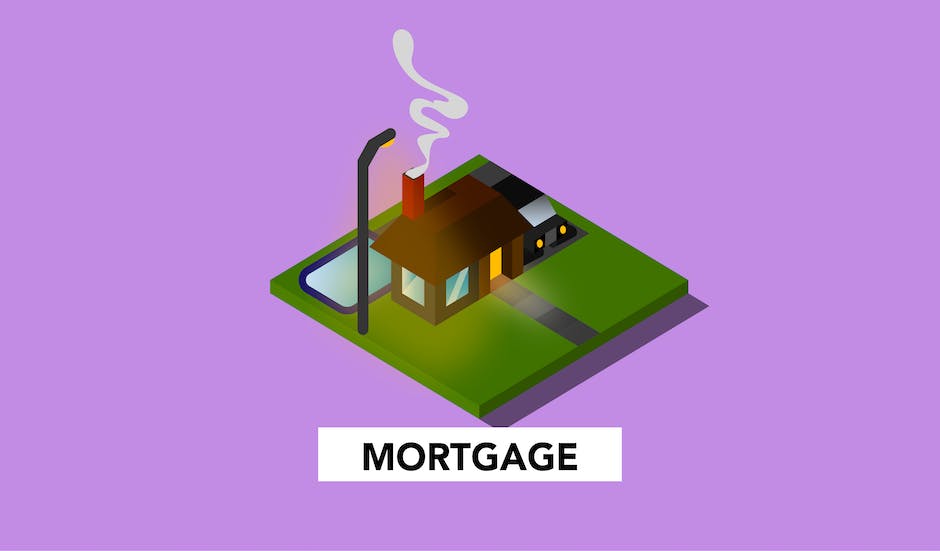
Mezzanine financing is a new type of financing available throughout the United States. Mezzanine financing comes in several forms, but the most common is condo or apartment development real estate being loaned to a partner property for use as a commercial or storage unit.
The combined property is known as a mezzanine loan, and it is typically secured by both the property and its parking space, among other things. It provides more potential for growth than traditional loans, as the owner does not have to give up any equity in the property.
It also has potential for higher rates of interest than normal loans, which can be costly. Mezzanine loans can be very helpful in saving a severely distressed property from physical deterioration, but they are not for everyone.
There are many types of mezzanine loans, so it is hard to give specific information on them.
Who is a good candidate for mezzanine financing?

Mezzanine financing is a type of investments where a new owner takes control of an existing property and re-fiures it, this time with mezzanine financing.
Mezzanine financing comes in many forms such as reverse mortgage, mezzaniian loan, and line of credit loans. The most common form of mezzanine financing is a reverse mortgage. With a reverse mortgage, you would take out your equity in the home as collateral for the new loan.
Another form is a mezzaniian loan. Here, the bank makes its own special loan designed for people who cannot get a reverse mortgage or mezrani loan.
What are the requirements for mezzanine financing?

Mezzanine financing has become more popular for property as properties continue to be expensive and limited in number. Because it can be difficult to find a lender that does mezzanine financing, it is important to understand the requirements.
The primary requirement for mezzanine financing is that the property be kept on its own label line of credit at all times. If the bank requests a transfer, then the new owner must agree, or the loan may not be valid.
The new owner must keep any old policies and documents, as well as any changes to policy or product changes. By having both sides agree to them, there is no risk of them being lied to and canceling the loan.
What property types are eligible?

Mezzanine financing is a new type of financing available to property owners who need more money for repairs, but cannot get conventional bank or credit loan approval.
Mezzanine financing is a term used to describe a loan with two parts: a debtors’ lien on the property and a bank account held as collateral for the loan. The lien allows the bank to verify that the funds are actually coming from the correct source before giving permission for the loan to be processed.
The second part of the mezzanine is the bank account as collateral. This makes it more difficult for lenders to assess a property’s financial health when combined debt exceeds assets, due to hidden liabilities coming from other properties.
What is the process for obtaining mezzanine financing?

Mezzanine financing has become more prevalent in real estate over the last year as home buyers look to save some money while still getting a good value for their home.
Mezzanine financing is the creation of a mezzanine loan on the top floor of a bank or mortgage lender. It is an Affordable Housing Credit Line that only applies to very low-income housing units.
The idea is for the bank or lender to create a mezzanine loan that is worth more than the conventional (first), but not enough to make it worthwhile for a normal home buyer. The exception to this rule is for very low-income housing, which receives the mezzanine loan without any restrictions.
The primary benefit of mezlanine financing is that it gives HOMEs (high-quality affordable housing) the ability to obtain conventional financing through an additional source of funds. Because these loans are rare, however, there are often significant fees associated with it.
What is the difference between principal and interest?

When a bank or credit union offers nontraditional financing for property, they typically describes it as principal versus interest.
The term principal financing typically refers to loans where the borrower pays off the loan in full at the time of purchase. The loan balance is never increased in subsequent transactions due to higher loan payments.
The term interest-based financing typically refers to loans where the buyer owes more than the total amount of the loan and sale-price invoice plus closing costs, but where they receive a lower payment schedule because of how much they owe.
Because of this, interest-based financing can have a negative impact on a property’s value due to greater stress on the property and its owner.
There are several types of mezzanine financing available for nontraditional mezzanine loans such as interest-only or amortized debt only (AB) loans.
What are some other funding options?

Mezzanine financing has gained a lot of traction in recent years as a way to help distressed properties find new funding. Mezzanine financing comes in several forms, but the most common way it is offered is as a loan combined with another loan or as a lines of credit transaction.
Mezzanine loans can be very attractive to developers, due to the lower interest rate and shorter closing time requirement. It also makes it easier for lenders to approve, as they do not have to consider the property’s distress when trying to find an acceptable interest rate.
Lenders will often try out different mezzanines combinations until they find one that works for the property and the developer.
Has real estate investing changed with the advent of new financing options?

New alternatives to traditional bank loans have been introduced for investing in distressed real estate. New entrants into the investment banking market have offered new ways to invest in real estate, including new methods of debt financing.
New entrants into the debt financing market have become popular as investments due to their added risk and returns. Some see it as a way to help lower their riskariation before they make enough money with their investment to repay the debt.
Conclusion

Mezzanine financing is a good option for nontraditional real estate. Mezzanine financing can be had for properties in all conditions, from extremely healthy investments to very troubled ones.
As with any other form of financing, there are requirements and guidelines that are put in place for mezzanine loans. When looking into a mezzanine loan, there should be enough equity in the property to cover the debt owed on the property as well as any decreases in equity needed to cover the loan.
If a developer has an accurate understanding of their property’s finances, then they will be able to create a mezzanine loan with enough accuracy.

